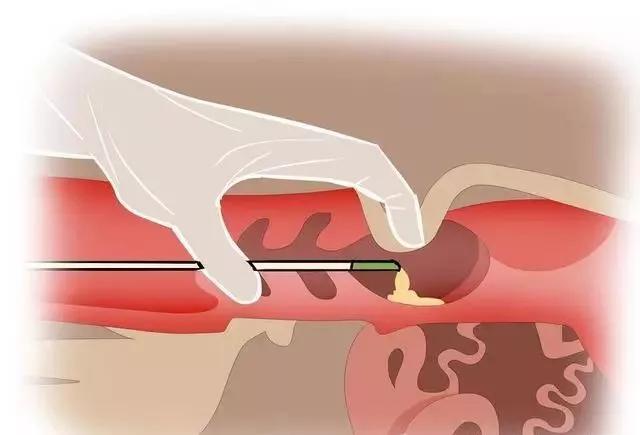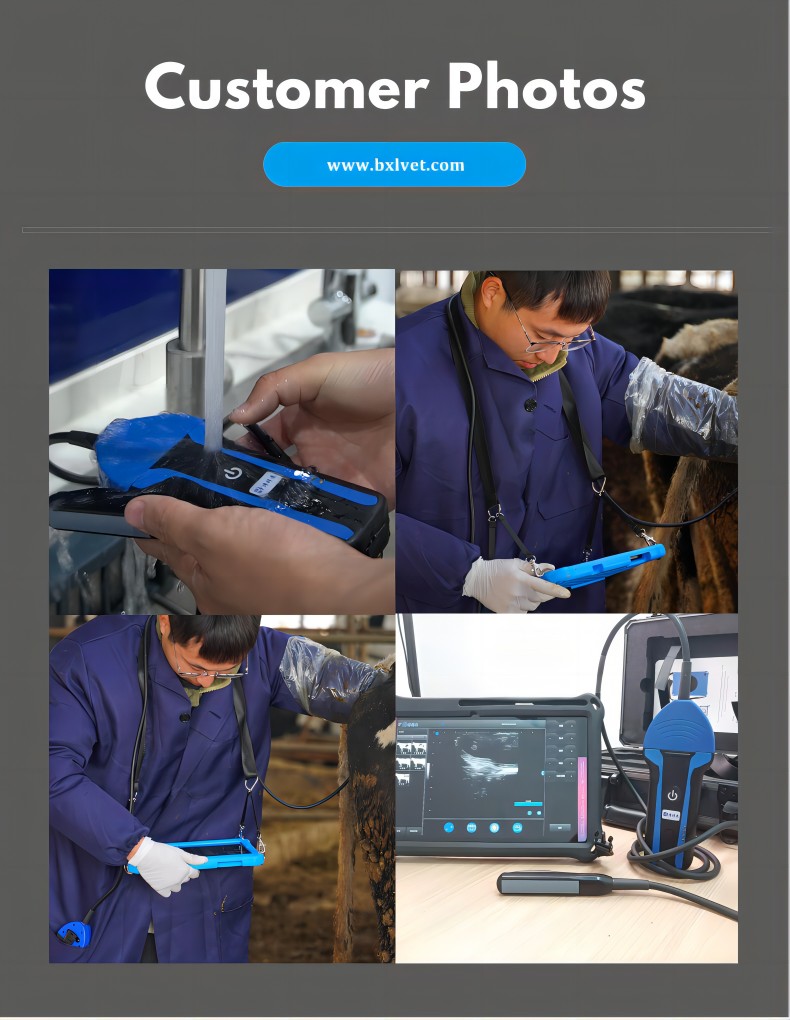Reasons Why Cows Experience Prolonged Open Periods
In the cattle industry, an “open cow” refers to a mature female that is not pregnant during a period when she is expected to conceive, such as after calving or during the normal breeding season. Extended open periods can significantly reduce the reproductive efficiency and economic returns of a beef or dairy operation.

Common Causes of Open Cows:
-
Congenital Infertility
Congenital issues are relatively rare but may include anatomical abnormalities such as malformed reproductive organs, vaginal stenosis, underdeveloped ovaries, freemartinism (in heifer calves born as twins with a bull), or intersex conditions. These cows typically never show normal estrus behavior or are unable to conceive. Genetic screening and culling of animals carrying undesirable recessive genes are essential for managing this risk in a breeding program. -
Acquired Infertility
This is the more common cause of open cows and is largely influenced by management and health-related factors. Key contributors include:
-
Nutritional deficiencies (including inadequate nutrition during calfhood)
-
Overuse or excessive physical labor in working cattle
-
Reproductive tract infections or diseases (e.g., metritis, endometritis)
-
Missed heats or poor timing during artificial insemination (AI)
-
Obesity caused by overfeeding and lack of exercise
-
Environmental stress (extreme heat, cold, humidity, or poor air quality)
Most cases of acquired infertility can be reversed through proper veterinary treatment and improved herd management. In adult cows, fertility often returns with correction of nutritional imbalances. However, infertility caused by poor growth due to underfeeding during the developmental phase is much harder to remedy, as the damage to reproductive organ development may be permanent.

Management Strategies for Open Cows:
-
Address Acquired Causes First
The focus should be on improving conception and pregnancy rates through cost-effective feeding strategies. Roughage should be used efficiently, and breeding females should maintain a moderate body condition score (BCS). Poor nutrition during development can delay puberty and lead to birthing complications in first-calf heifers, which in turn can impair future fertility.
On the flip side, overfeeding high-energy concentrates without adequate exercise can lead to over-conditioning, which also interferes with estrus and conception. Field experience shows that cows given a probiotic supplement during their previous lactation, along with attentive care, often have improved conception rates. For under-conditioned cows, increasing feed and supplementing with grain 1–2 months before breeding can also help.

-
Timely and Accurate Breeding
Cows must be bred promptly at the first signs of standing heat to avoid missed heats and mismatches. For heifers, avoid breeding too early or missing estrus cycles. For cows that have calved, monitor estrus behavior closely from three weeks postpartum. If a cow doesn’t show normal signs of heat, consider using hormonal or herbal estrus synchronization treatments such as PGF₂α (Cloprostenol), GnRH, PMSG (Pregnant Mare Serum Gonadotropin), or traditional Chinese herbal formulas.
Generally, ovulation and heat behavior normalize within 1–3 cycles after calving. However, if cows are not provided adequate nutrition during lactation, their body condition declines, and fertility suffers. Multiple missed breeding opportunities due to undernutrition lead to reduced conception rates. When such issues arise, a rectal palpation exam is advised to determine the reproductive status and guide further management.
-
Prompt Culling Decisions
If a cow remains open despite proper breeding attempts, it’s critical to evaluate her condition. Older cows, those with chronic health problems, or those with confirmed congenital infertility should be culled decisively to avoid ongoing losses and to maintain the reproductive performance of the herd.






I found this article really helpful. It explained things clearly and made me think more about how to manage cows better in daily practice. Definitely worth reading!